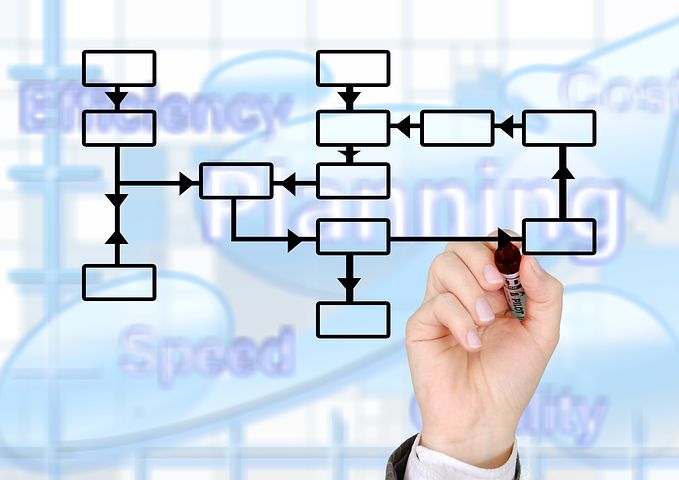Reverse logistics, sometimes referred to as RL, is all about what happens to your products after they have been delivered to the end customer. Sounds counter-intuitive? Well, the purpose of back-end monitoring is to pinpoint whether your goods/products are fulfilling the role they are designed to. For example, your chosen reverse logistics system will assess how many returns you receive, or refunds asked for by customers. By flipping the supply chain on its head, managers can successfully conceptualise and pinpoint where supply chain flaws are occurring. From this, they can appropriately design solutions that effectively address the problem. Because of this, RL strategies are a great investment for your company. Not convinced? Well, let’s check out some reasons why.
Improved cost efficiency
Reverse logistics are terrific if you need to lower your internal cost structures. If you are a large manufacturer or delivery company, then the way in which you coordinate the supply, warehousing and transportation of your goods is crucial. You can’t afford to be paying excessive warehousing costs for goods you aren’t selling or making any profit from. This is where RL systems can help you ascertain where your supply chain is breaking down and what you need to do to prevent any losses associated with this.
Greater awareness of product flaws

On top of this, reverse logistics schemes are great if you have noticed that the number of products returns in your business has grown. This is likely indicative of a structural flaw in your productions process (e.g. an issue somewhere along the assembly line). RL systems can not only help you ascertain what the structural issue is and how to fix it, but they can also assist with deriving further value from used products. Indeed, you can cover the losses of a defective good by restoring or re-purposing the units for a secondary market. You can even break it down into smaller parts for other markets.
So many businesses make large profits from secondary markets or affiliated industries. Take for example Facebook, a social media platform with billions of users. How can they afford to offer a comprehensive service without charging their customers a monthly subscription fee? It all comes back to their revenue model, which is based around advertising. In this sense, Facebook makes very little revenue from its core offering, which is social media. On the contrary, most of its revenue streams are based in promotion, data collection and advertising.
More effective service delivery
Additionally, reverse logistics can help you improve your metrics regarding service delivery. It’s much easier to offer your customers replacement goods, as opposed to a refund. An adequate and well-constructed reverse logistics framework will ensure that this can be achieved. By being able to offer your customers reliable services and delivery of goods, you will be able to cultivate customer loyalty and expand your loyal customer base. Issues with product procurement can irrevocably damage a company’s reputation and esteem in the eyes of the customer. Because of the strong correlation between RL efficiency and customer retention, it is crucial that you encourage customer brand affiliation as often as possible.
How are reverse logistics systems evaluated?
Now that you understand some of the benefits related to RL, it’s only natural for you to want to know how to monitor and evaluate such systems. Indeed, here are some of the most commonly used metrics:
- Volume of return products
- Percentage of return products (relative to overall production)
- Frequency of defective products
Thus, there are many great reasons why your business should consider investing in RL systems. If you want to improve your customer loyalty, cost efficiency and procurement systems, consider reworking your supply chain with reverse logistics.
